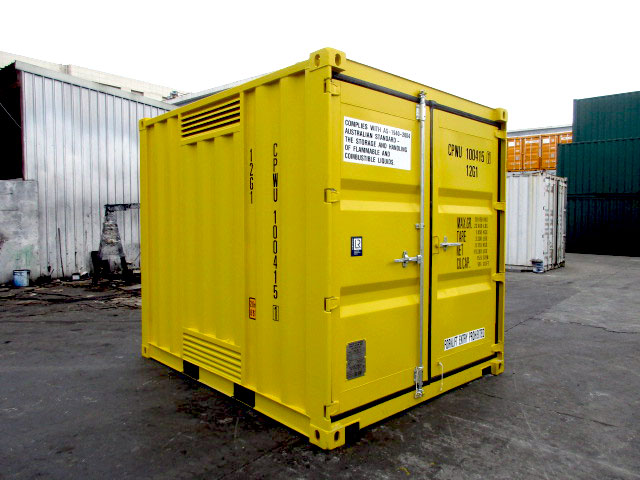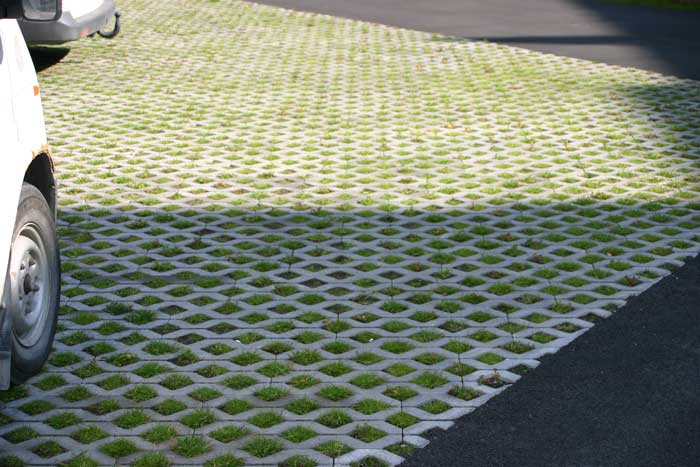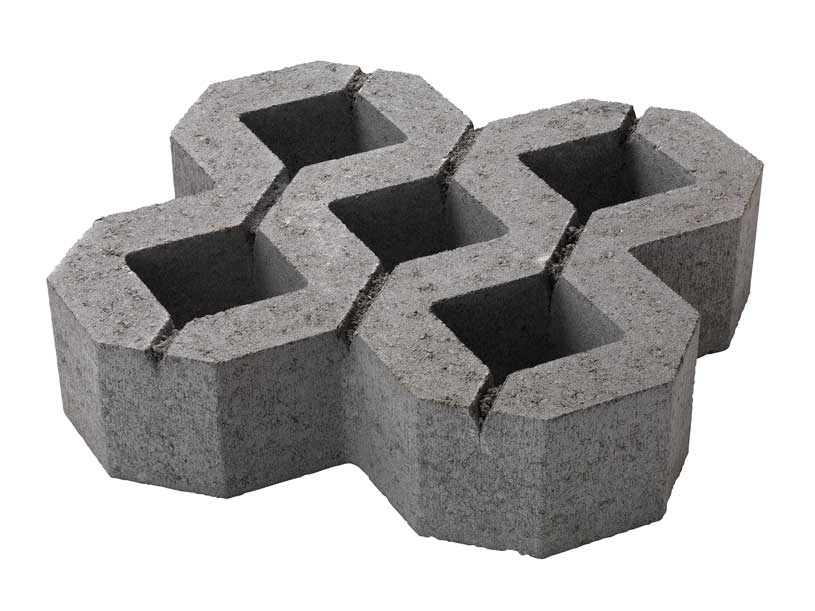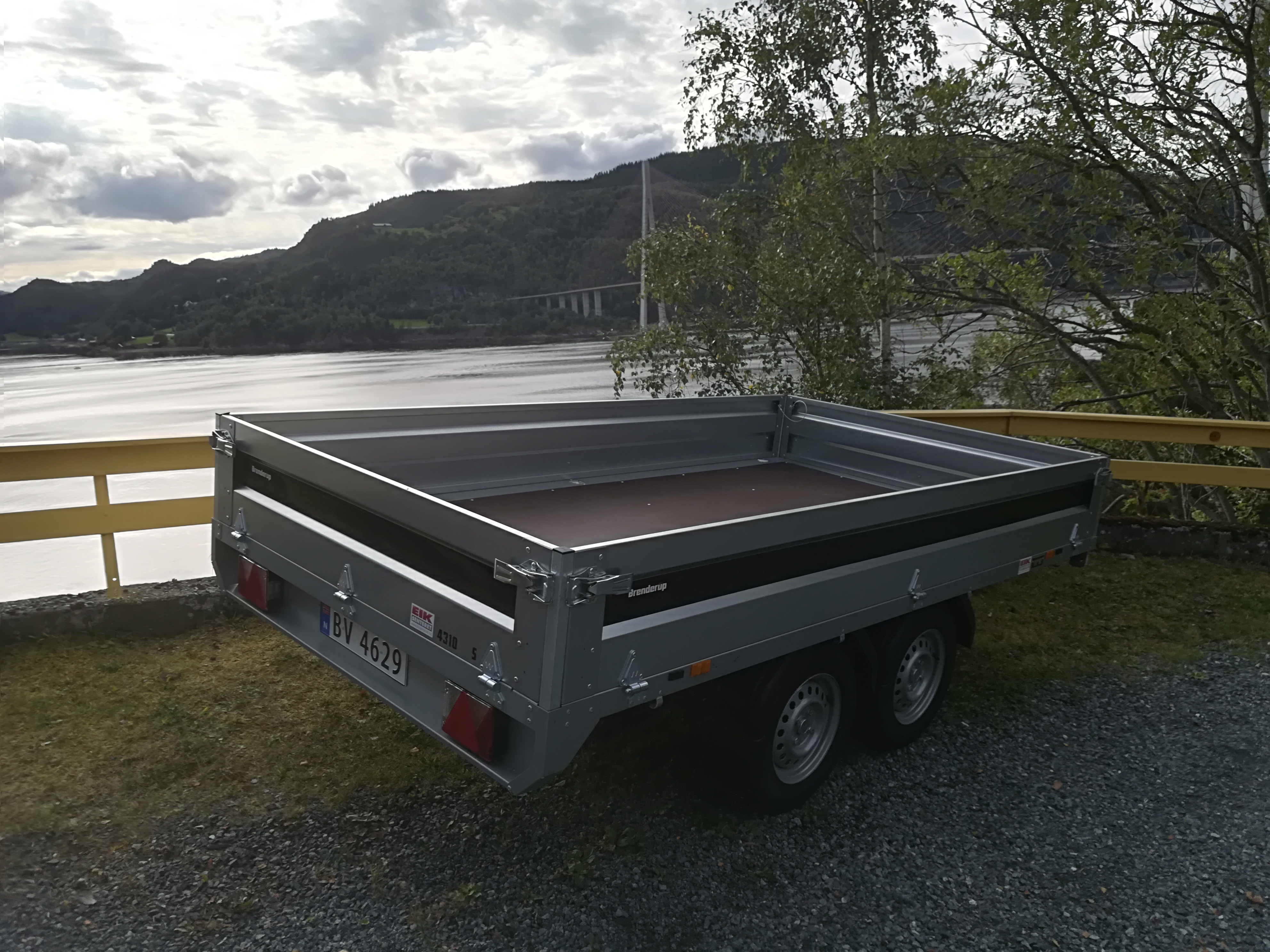A not-yet-famous historian reminds me that history is not a series of inter-related anecdotes. I am not going to let this or any other fact interfere in the telling of this vision of the future.
Anecdote #1
The story begins at the dawn of the current millennium, when three students taking their teaching qualifications had to find a project. The project selected resulted in the construction of a presentation program that systematically showed the process of making ciabattas using pictures, a few words and audio tracks. It should be noted that the baker for whom this presentation was made, had some learning issues.
Before the existence of the presentation program, the baker would be helped by one of a group of teachers (for lack of a better word) who could remind the baker of the steps to be followed. Unfortunately, there could be some procedural inconsistencies between the different teachers, that the baker found disconcerting.
Using the presentation program, inconsistencies were eliminated in the mind of the baker. More importantly, after three months the presentation program itself could be eliminated, because the baker had managed to implement the procedures into her brain.
For some consistency is a more important attribute than for others. It is an extremely desirable characteristic in robots.
Anecdote #2
Building a shelving unit for the gardener, I am trying to follow the spirit of the accompanying instructions. The instructions are more literary than most novels, relying on descriptive paragraphs, rather than bullet points, to inform. The next sentence gives a possible explanation for this approach. It reads, “Remember the mid-shelf braces.”
This instruction does not tell me, with any precision, what I am supposed to do with these braces. The braces have tabs at both ends, each has to be bent and inserted mid-shelf into the two shelf supports at the front and back of the unit, respectively.
Perhaps the most important skill computer programming has taught me, is to analyse what has to be done, and to implement it using code.
Anecdote #3
Billi Sodd is lazy, inconsistent and easily distracted. As a robot, Billi is a complete failure! However, since Billi is just about the only person who can actually make paving stones in our neighbourhood, I have to put up with his weaknesses.
I am considering giving Billi a new role. Rather than just using his labour, I want to use his knowledge of making paving stones to automate the production process. So, Billi has become not just head janitor, but paving stone informant.
Anecdote #4
The official chronology of Local Motors https://localmotors.com/heritage/ is interesting, not so much in terms of what is presented, but what is missing. Back in 2012, LM was interested in two types of production facilities – Minifactories, such as one built in Phoenix, Arizona, and Microfactories, in the form of 40 foot long containers that could be shipped anywhere, used to produce one or more vehicles, then moved on again. These microfactories have entered Local Motor’s “forgetting book” (Yes, that’s a Norwegian expression, Glemmebøken, which is where all forgotten lore ends up).
Reboot
A potential micro paving stone factory.

Why would anyone want to house a paving stone factory in a container? The main reason is that each residence only needs a limited number of paving stones. So, after x square meters have been made, the equipment can be given or sold to others.
The inside of the container would contain hoppers filled regularly with cement, sand and water. The content would be transported inside the container at even more frequently intervals, to a mixing area, where 30 kg batches would be prepared, mixed then poured into forms.
I envisage the production facility of consisting of a 1800 x 1800 mm surface, divided into nine 600 x 600 mm work areas, as shown in the following diagram. As before, station 1 is used to prepare the forms using a release agent, potentially Pam or vaseline. Station 2 is for the filling of the forms, with concrete as well as rebar, along with vibration. At stations 3, 4, 6 and 7 nothing happens. Waiting is a virtue. At station 5 the surface of the paving stones are textured. At station 8, the paving stones are removed from the forms. They must still be stored and allowed to cure, for up to several days.
|
7 |
8 |
1 |
|
6 |
Mixer |
2 |
|
5 |
4 |
3 |
|
Sand hopper |
Water hopper |
Cement hopper |
Here are some specifications for a 10 foot (3 meter) container:
| Length External/ Internal | 3000/ 2840 mm |
| Width External/ Internal | 2438/ 2352 mm |
| Height External/ Internal | 2896/ 2698 mm |
| Weight Tare/ Gross | 1300/ 10160 kg |
| Volume External/ Internal/ Useful | 21.18/ 18.02/ 16 m3 |




